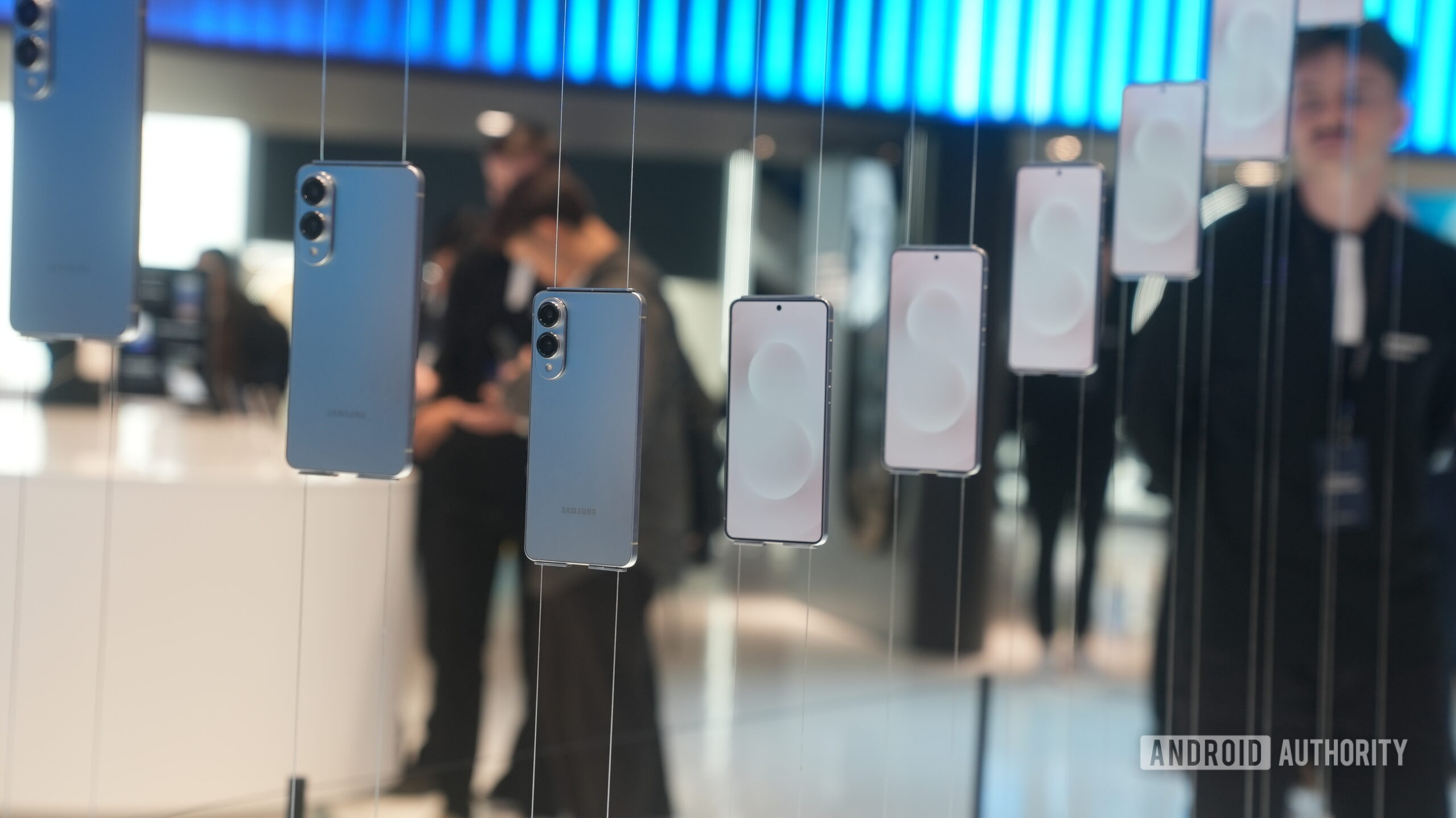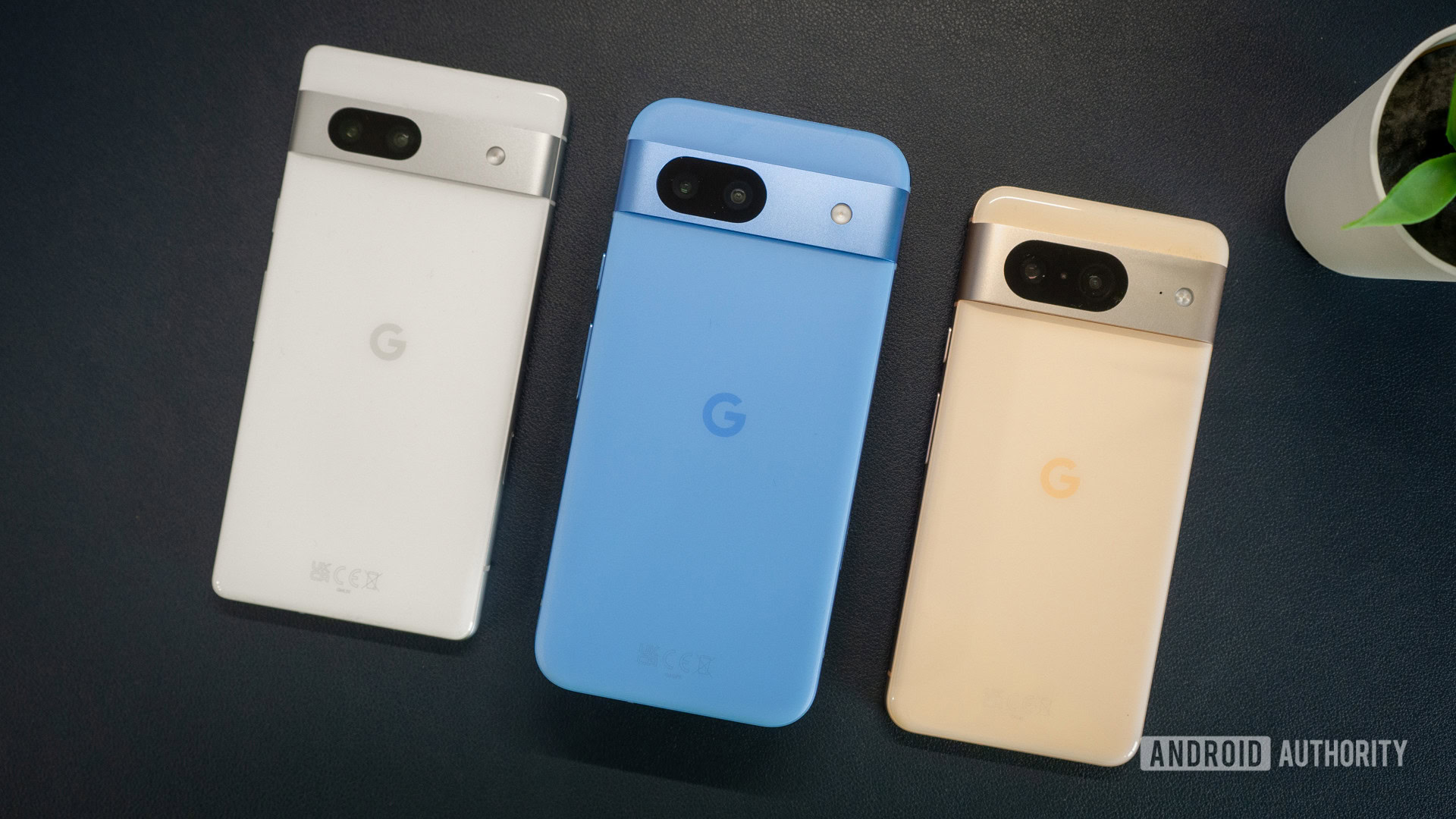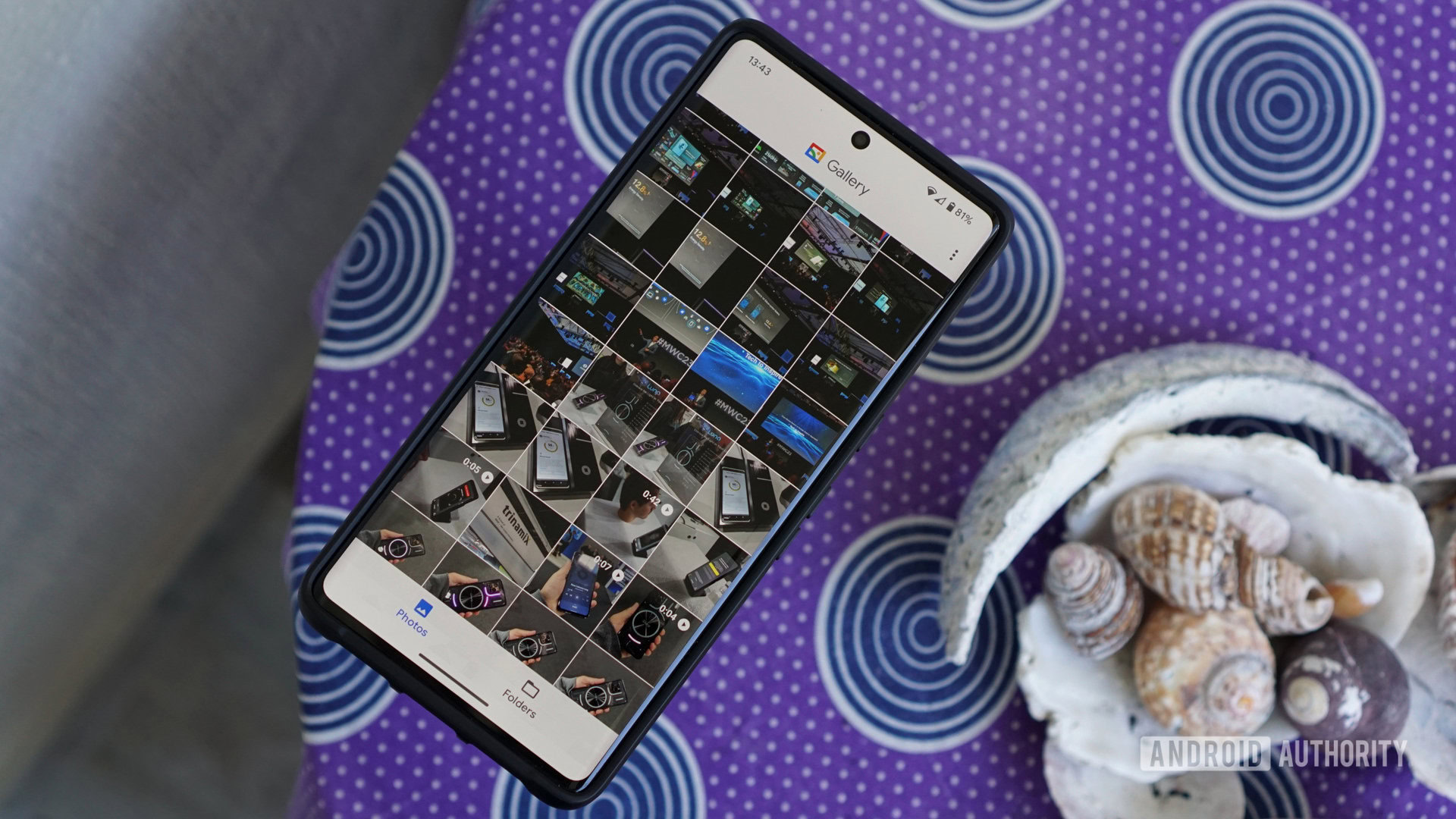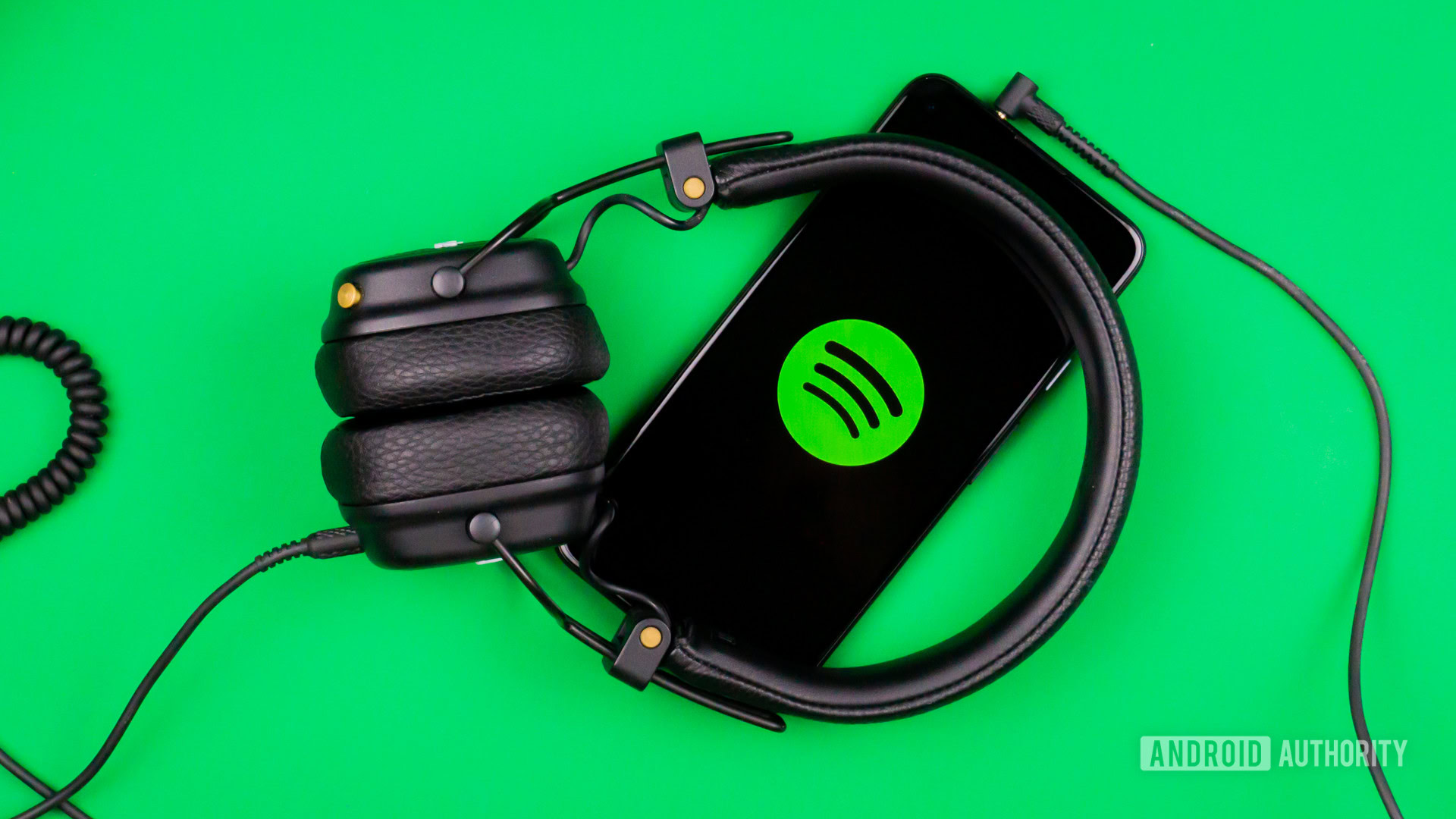Affiliate links on Android Authority may earn us a commission. Learn more.

Features
Just downloaded One UI 7? Here are two settings to change immediately
21

Features
Gemini’s vs ChatGPT’s Deep Research: For me, the choice is clear
6
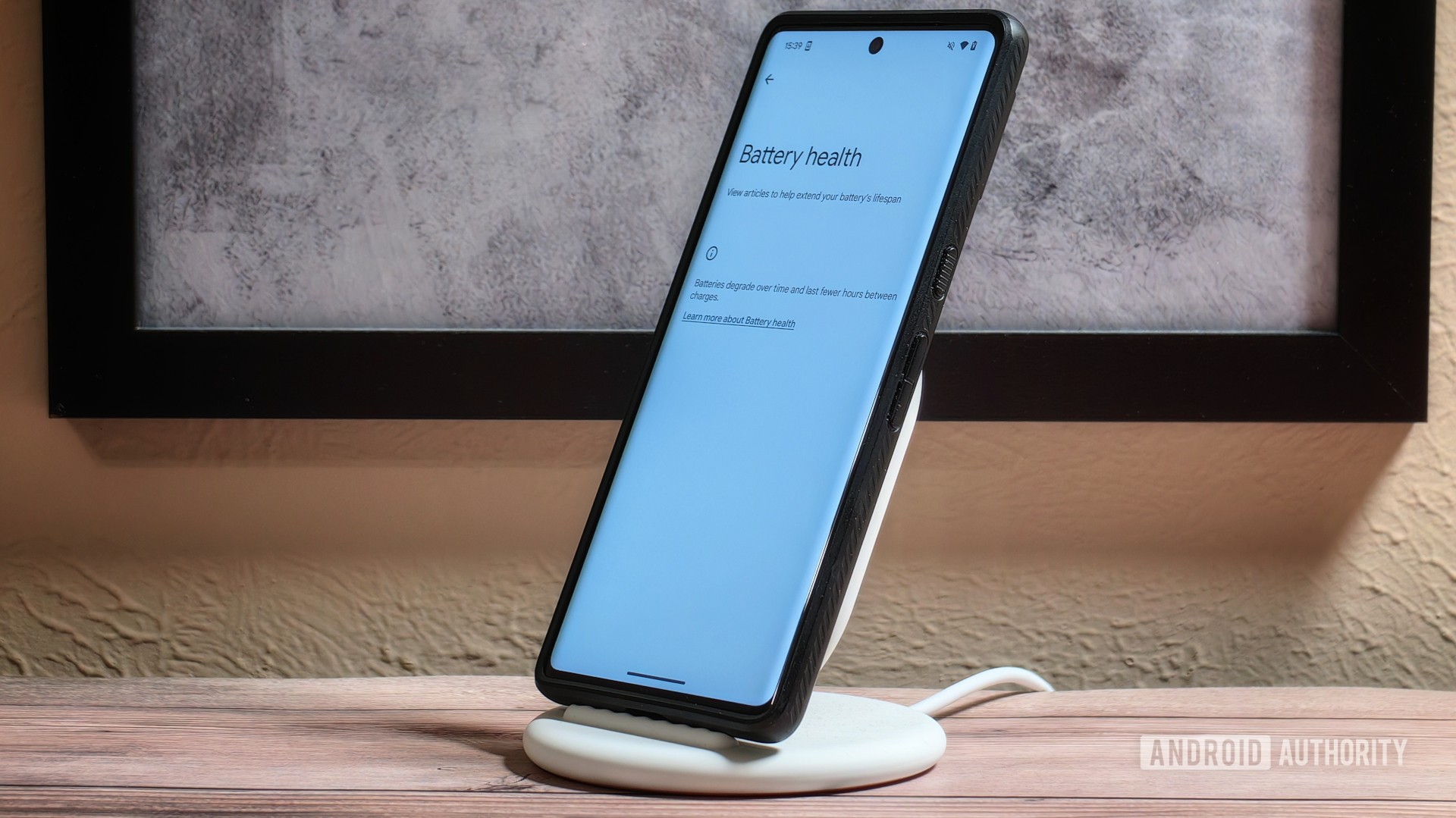
News
Google leaves older Pixels behind for Android’s long-awaited Battery Health menu
21
Latest poll
Would you rather buy the Pixel 8a or the Galaxy A35?
462 votes
In case you missed it
More news
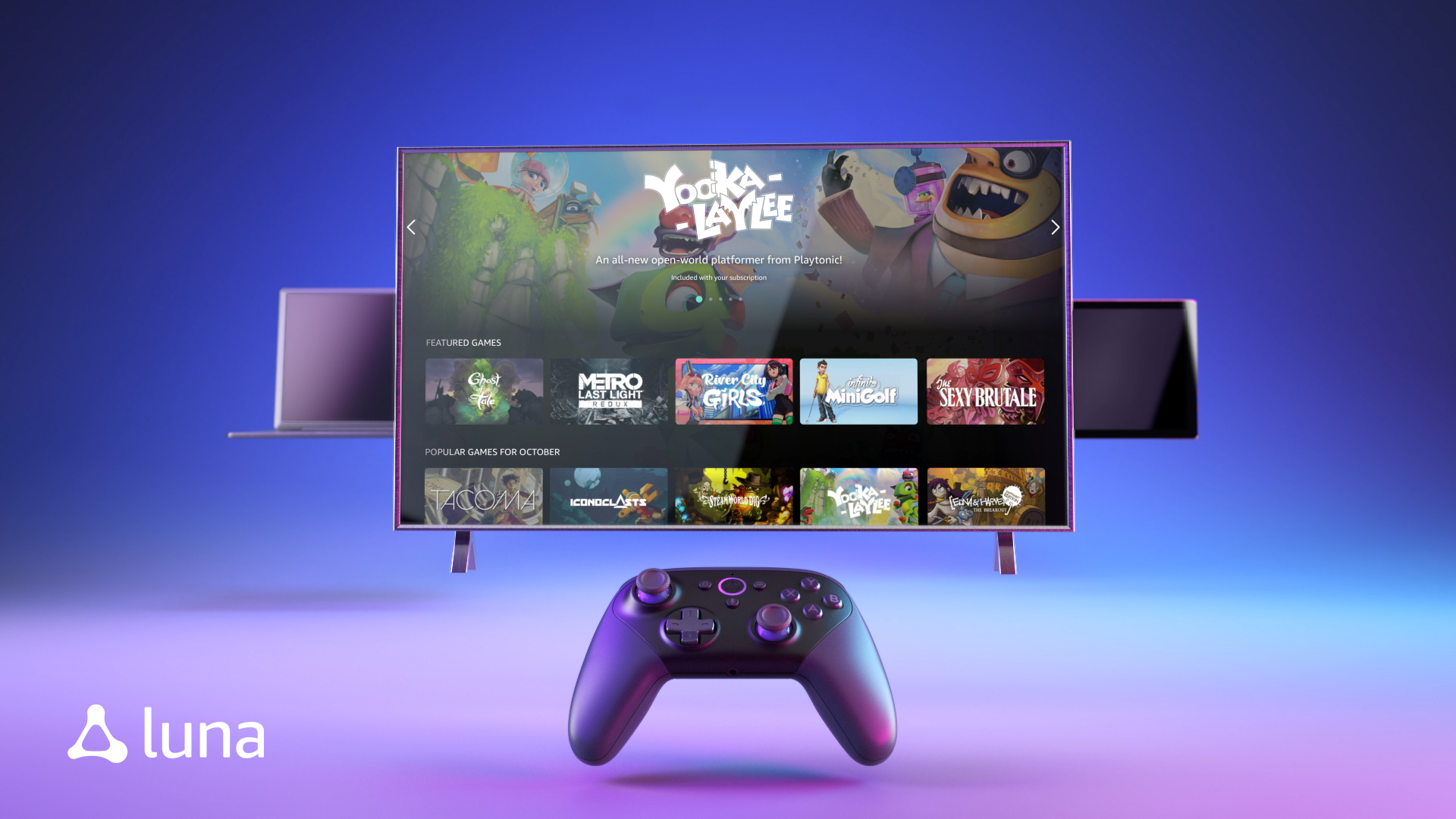
Nick FernandezMay 6, 2025
0
Amazon Luna: Everything you need to know about Amazon's cloud gaming service
The best new Android apps and games for May 2025
Andy WalkerApril 30, 2025
2
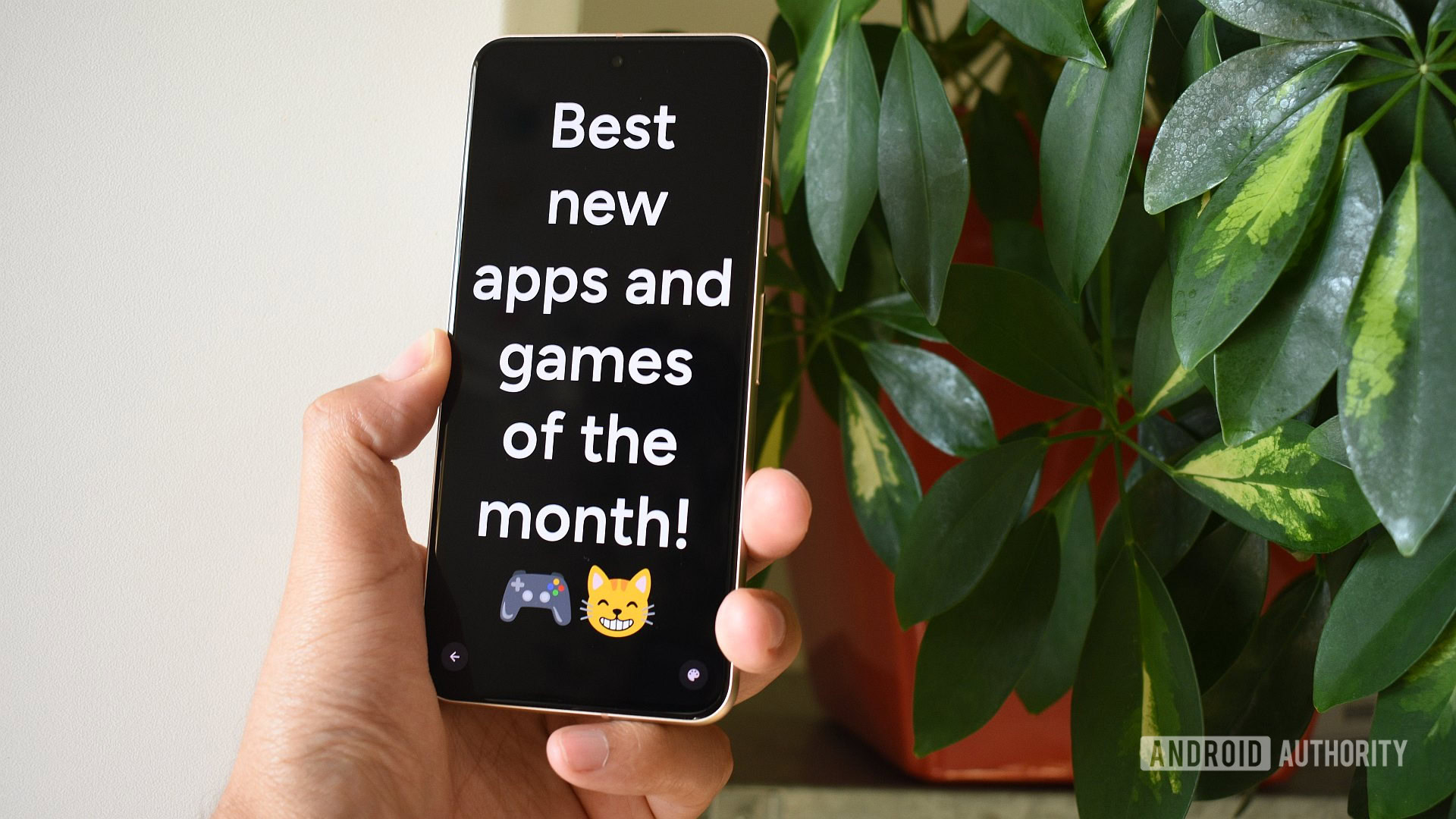
These are my 10 favorite Android games to play with a controller
Nick FernandezApril 30, 2025
0
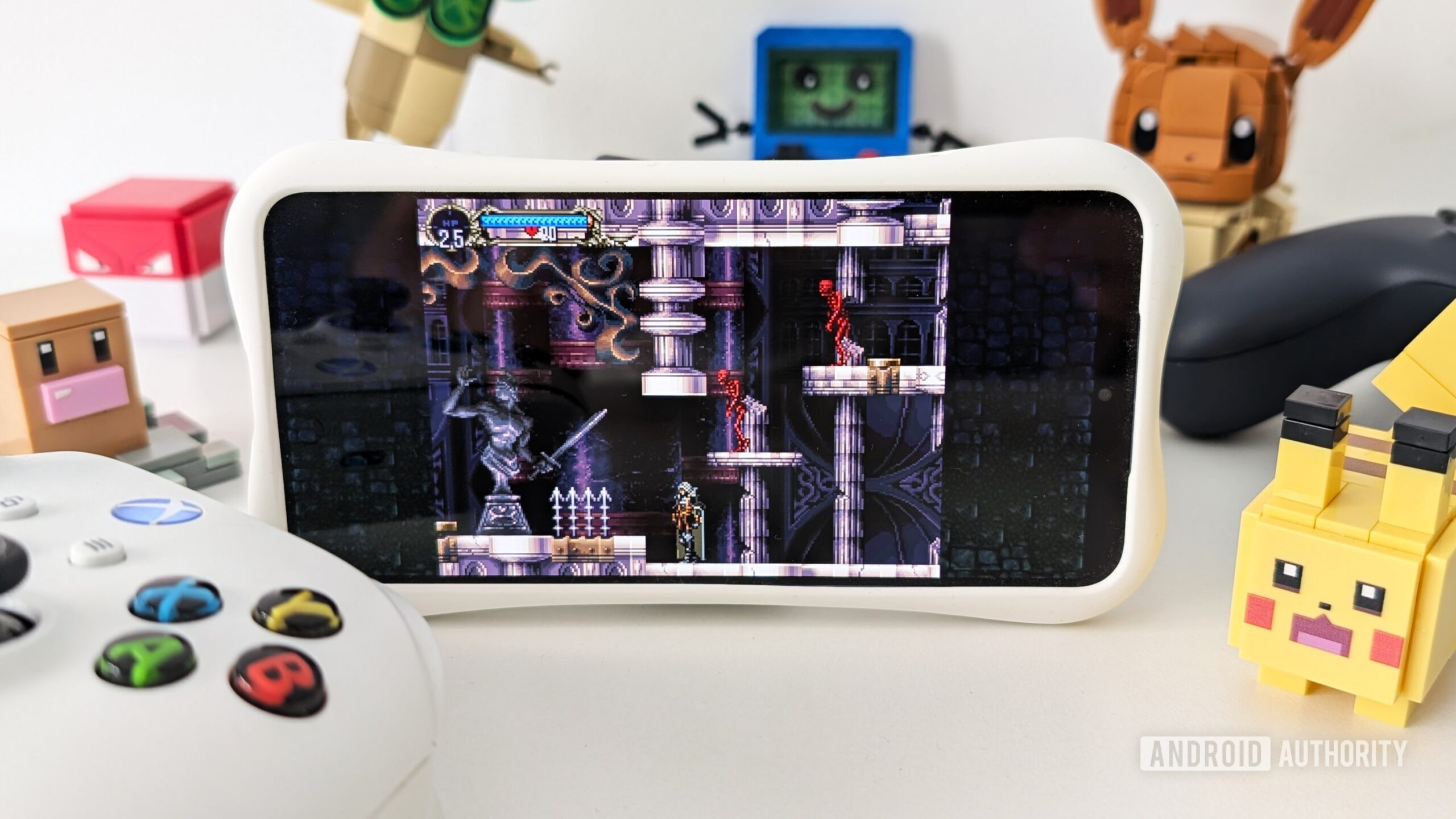
What happens to your data if you stop paying for Google One?
Mitja RutnikApril 28, 2025
8

Will Starlink and other satellite companies eventually rival cellular carriers?
Andrew GrushApril 26, 2025
1
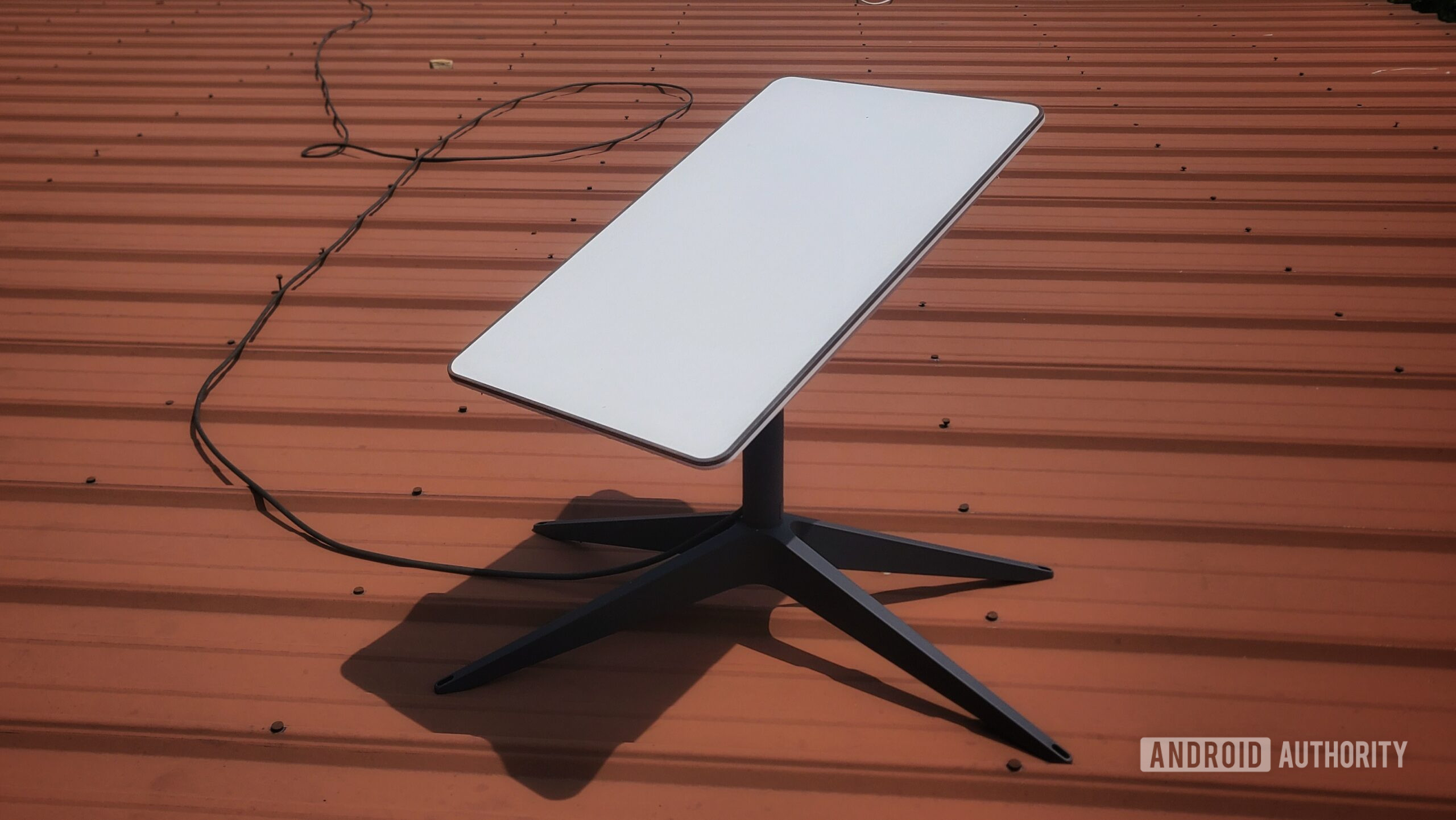
Miss the S23 Ultra's 10x camera? This brand could revive it (and then some)
Hadlee Simons9 hours ago
0
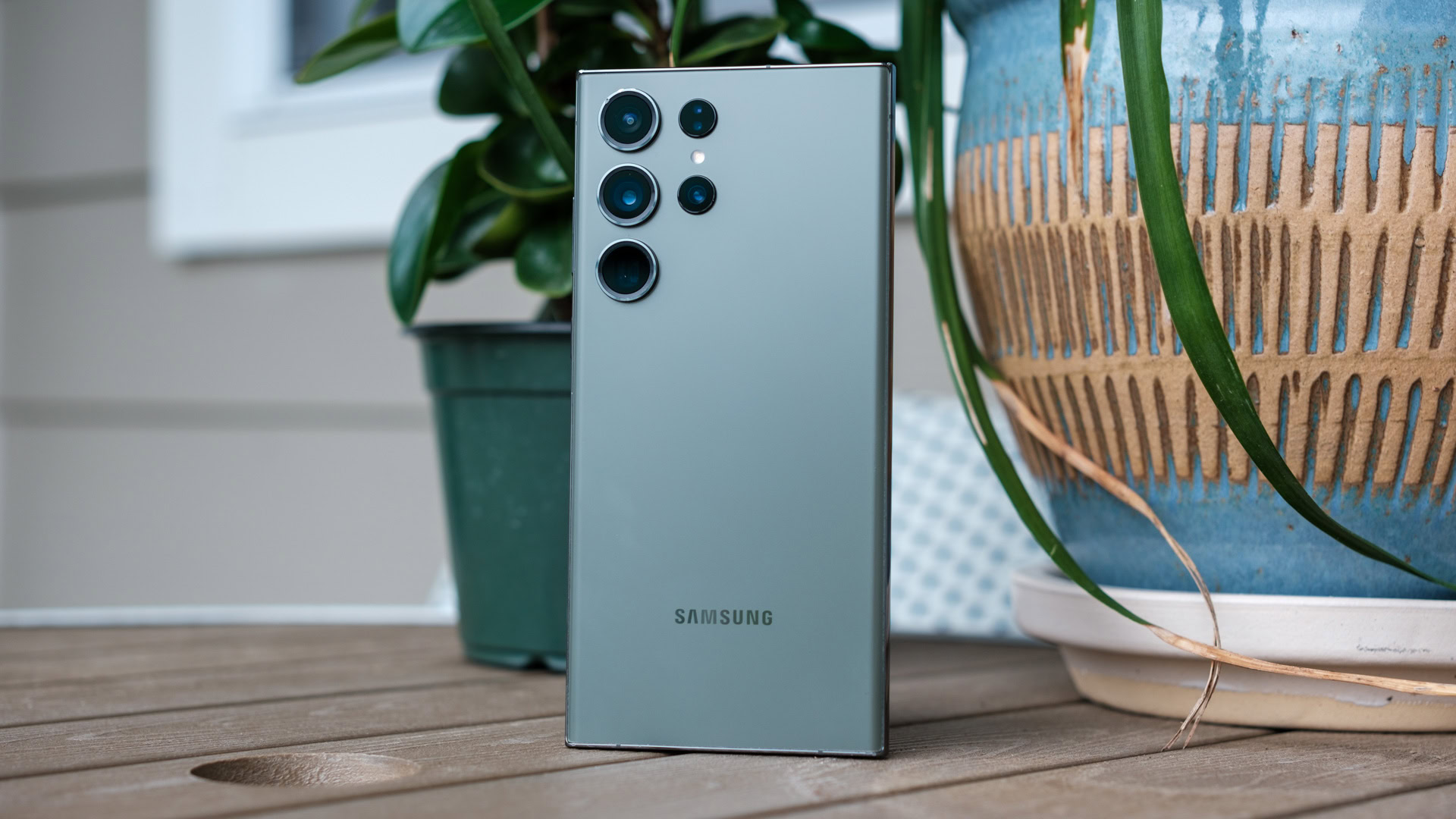
An exciting new Switch emulator launches tomorrow — Here's how to get it
Nick Fernandez11 hours ago
0
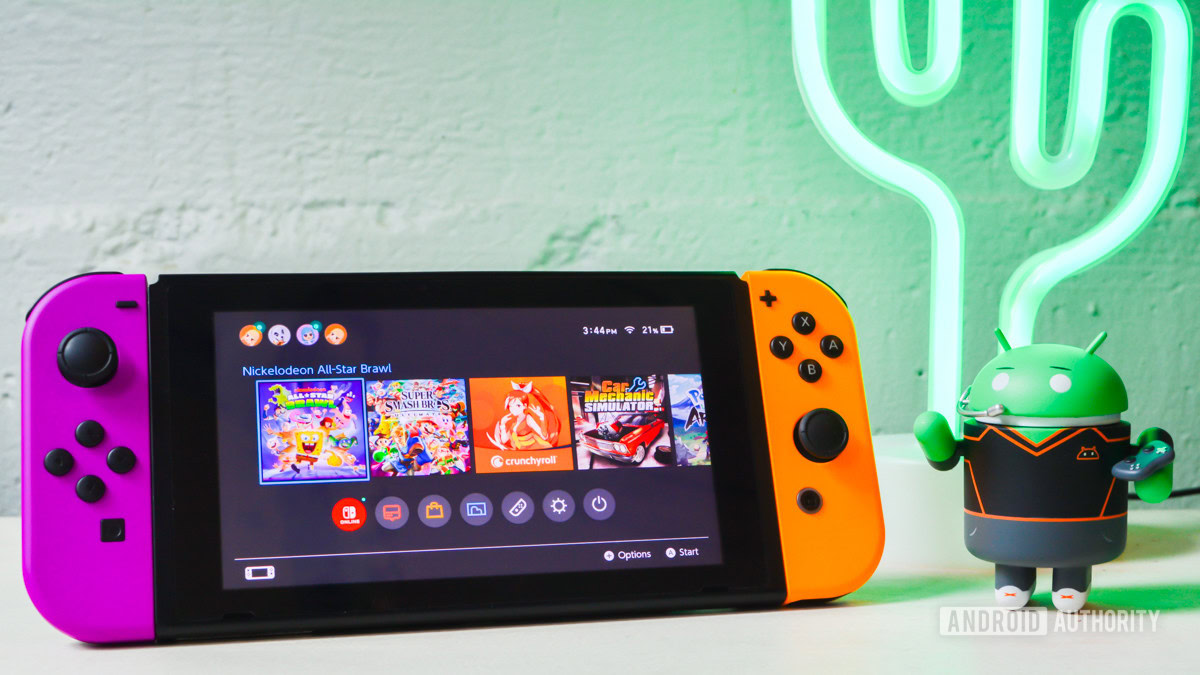
One UI 8 Watch isn't out yet, but here's its new One UI 7-like charging animation (APK teardown)
Hadlee Simons11 hours ago
0
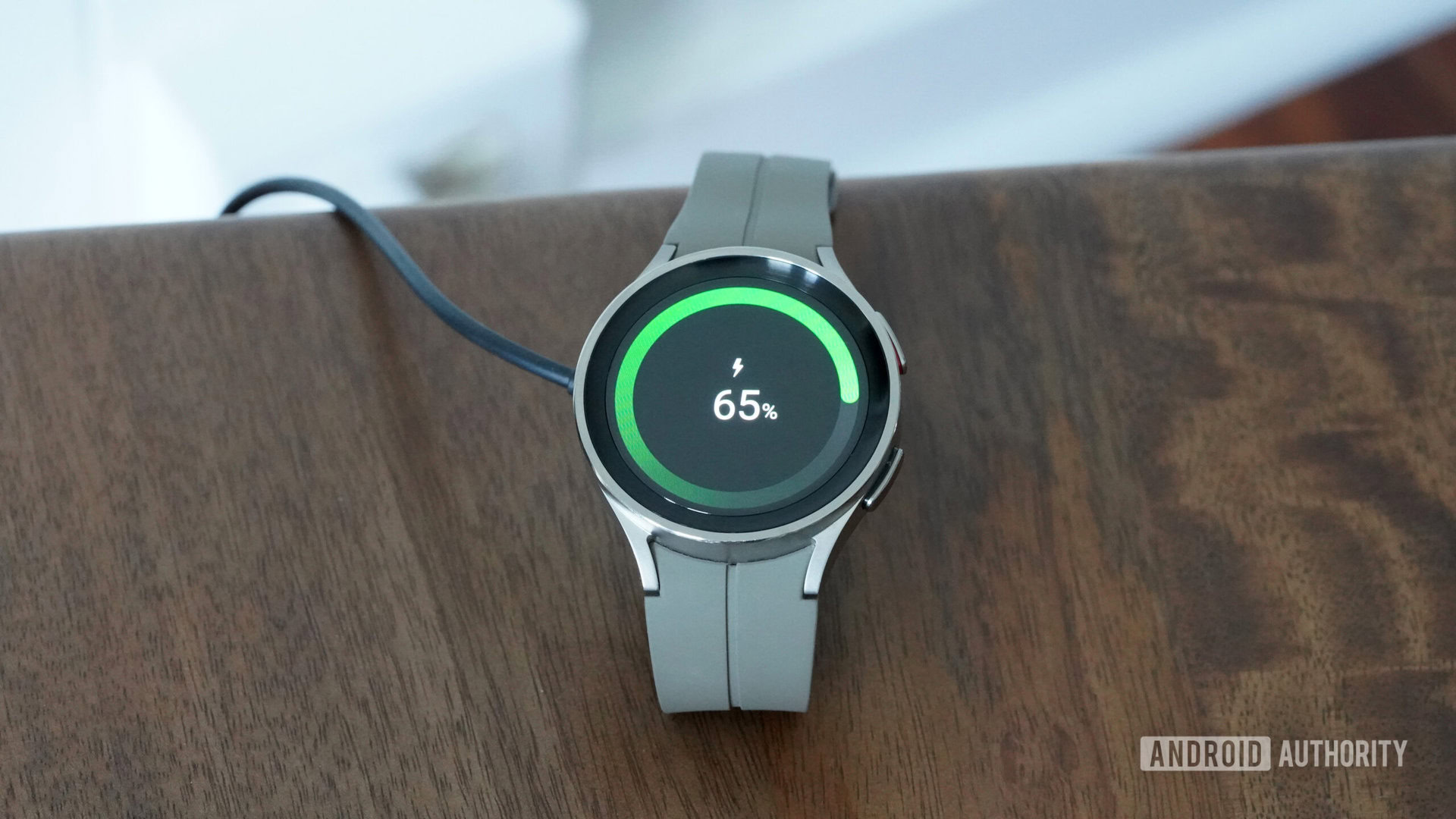
Galaxy Watch 8 series could come with squircle design, Quick Button, and more (APK teardown)
Aamir Siddiqui11 hours ago
0
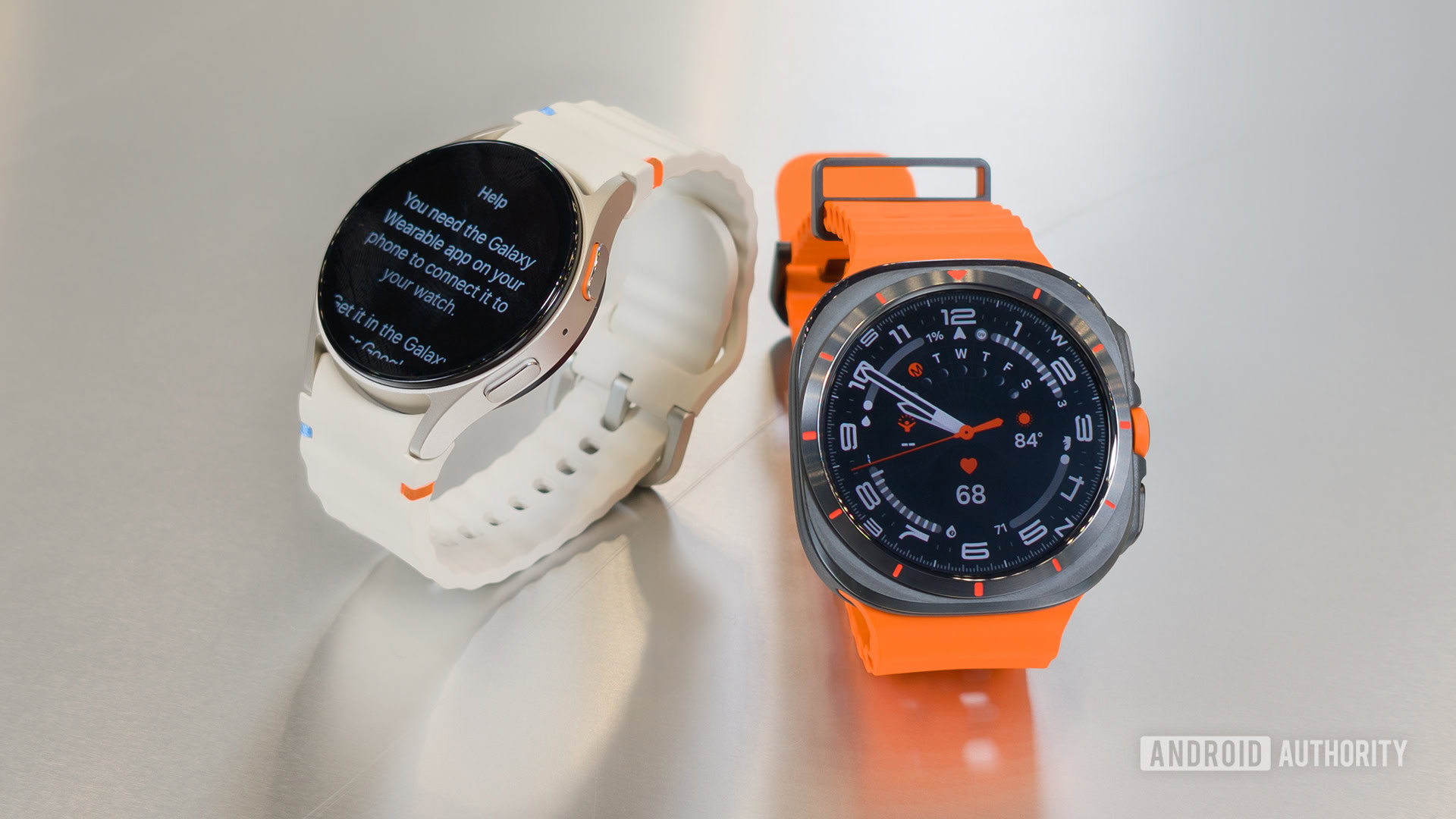
Google is bringing automatic passkey upgrades to Android (APK teardown)
Hadlee Simons13 hours ago
0
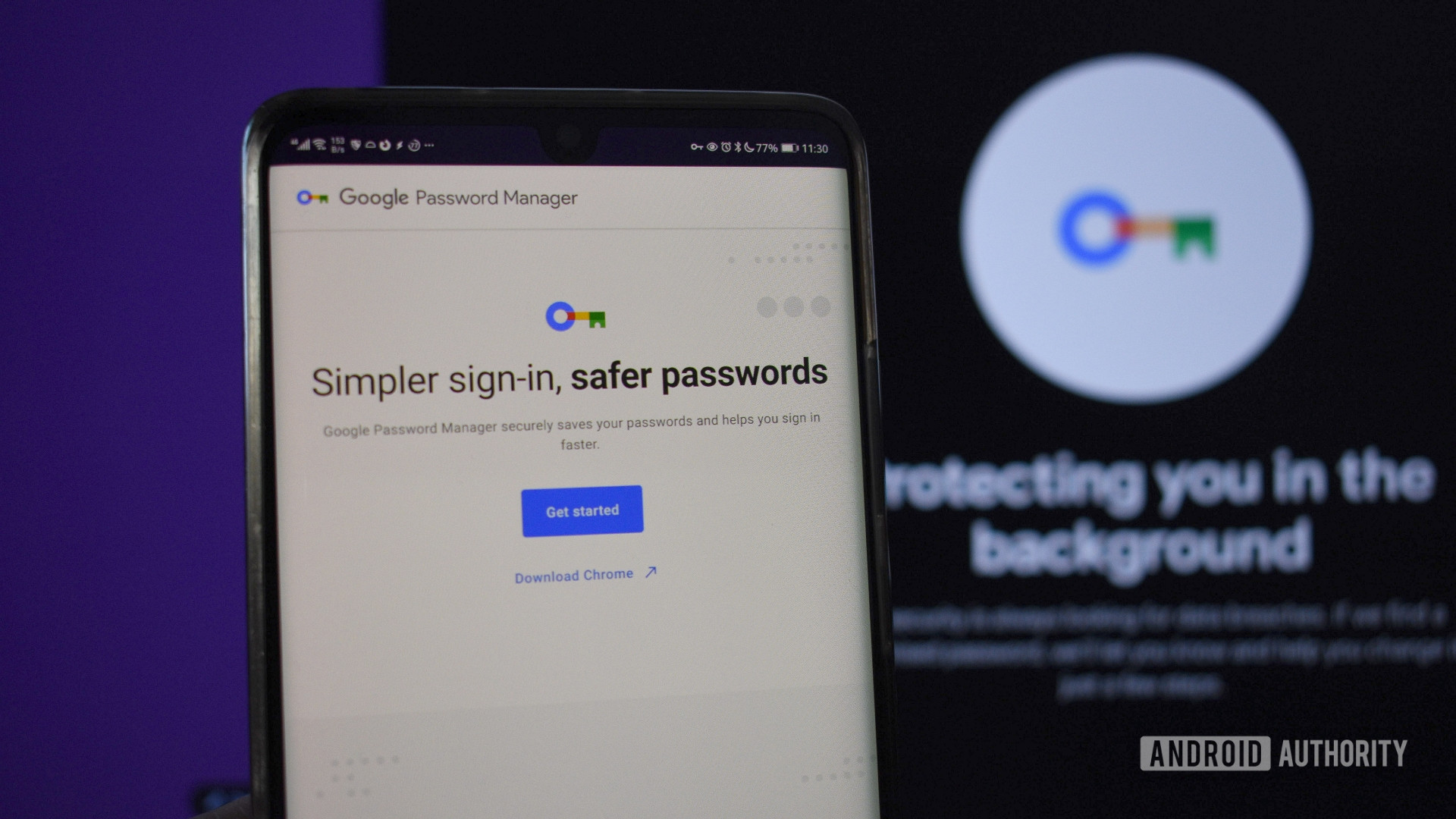
Samsung confirms brand-new Gorilla Glass display protection for Galaxy S25 Edge
Adamya Sharma16 hours ago
0
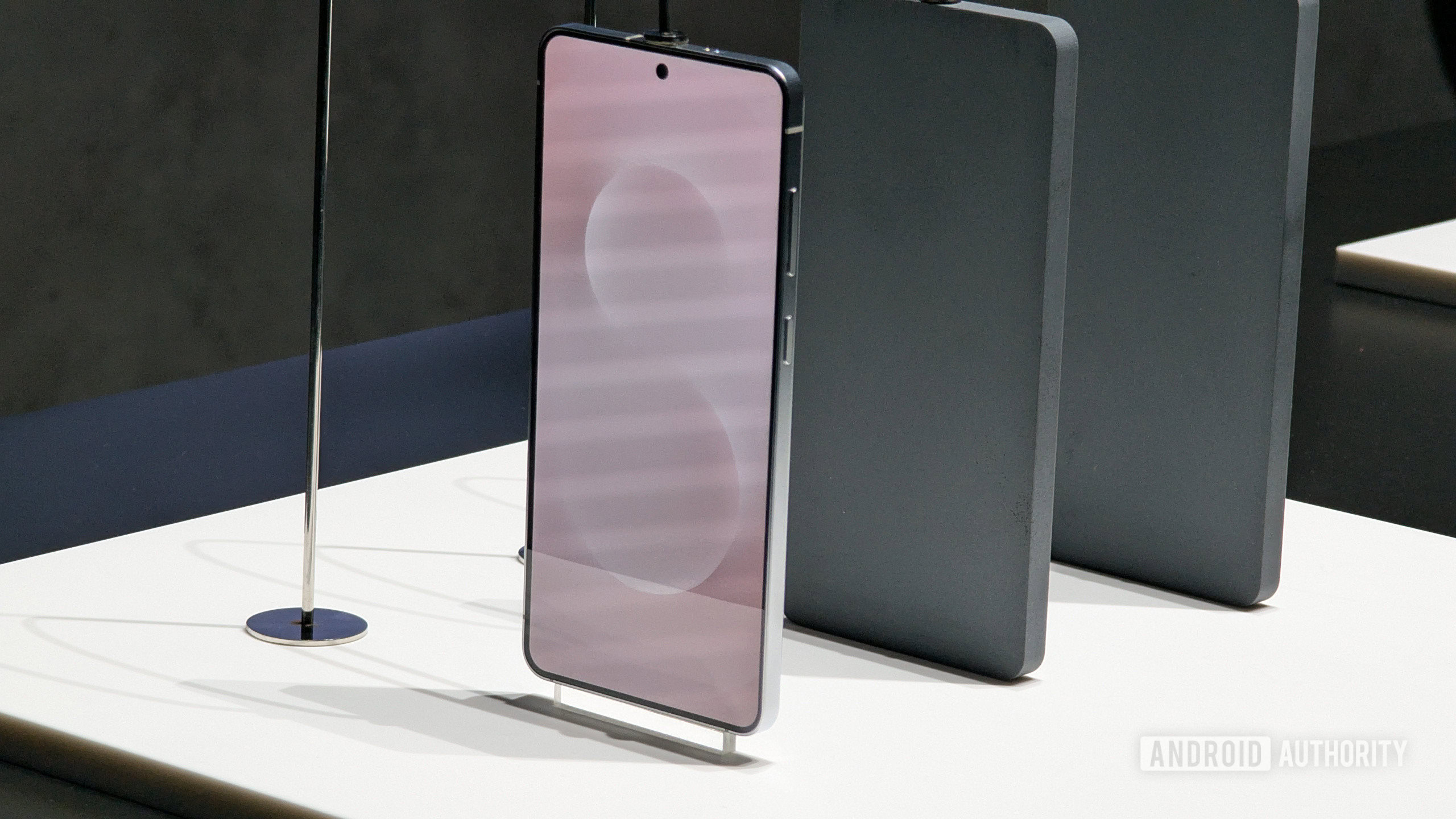
Your doorbell cam might have just picked up Google Home support
Stephen Schenck22 hours ago
0
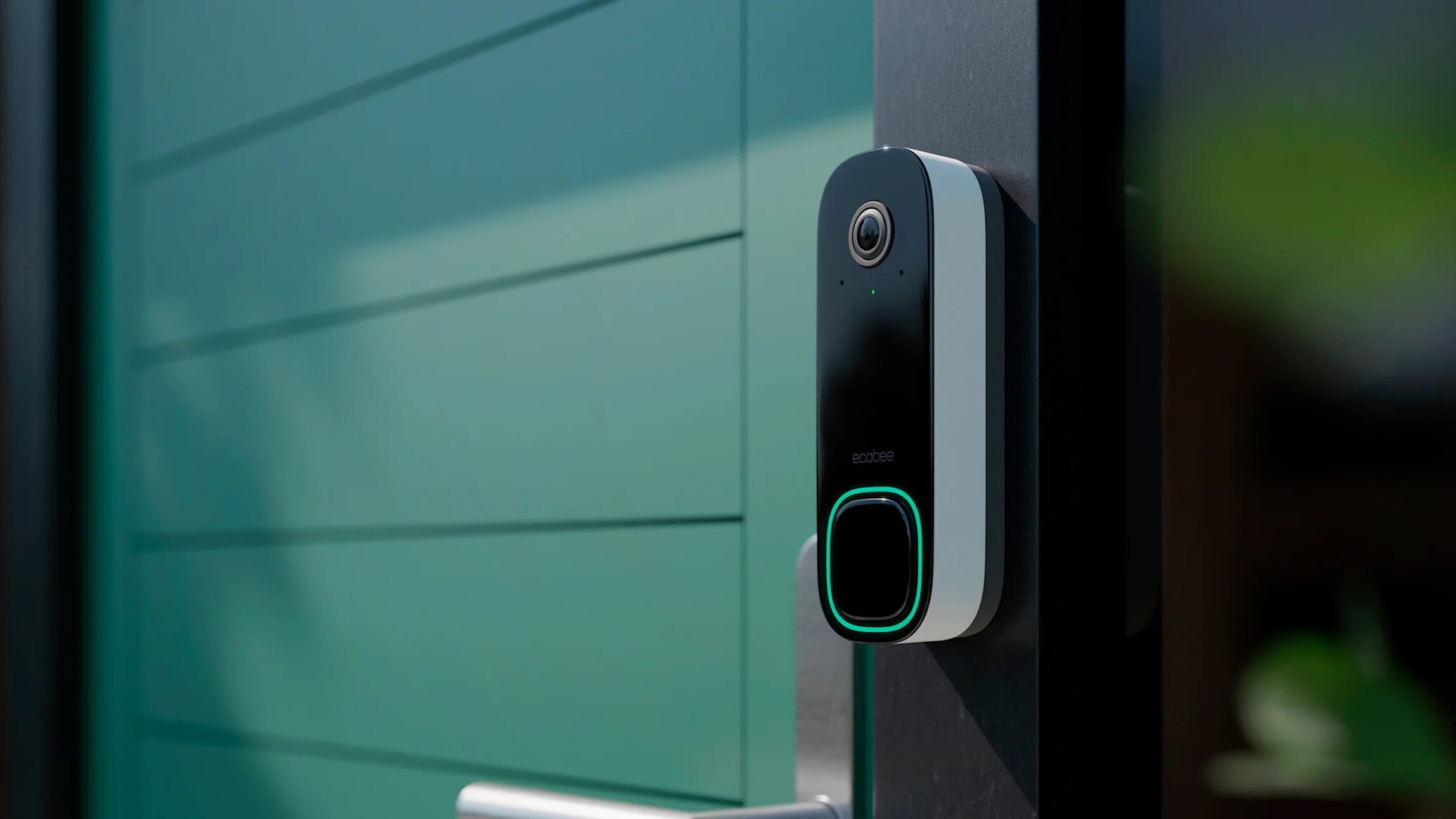
Google is giving the Search bar on your phone a much-needed facelift
Christine Romero-Chan22 hours ago
1
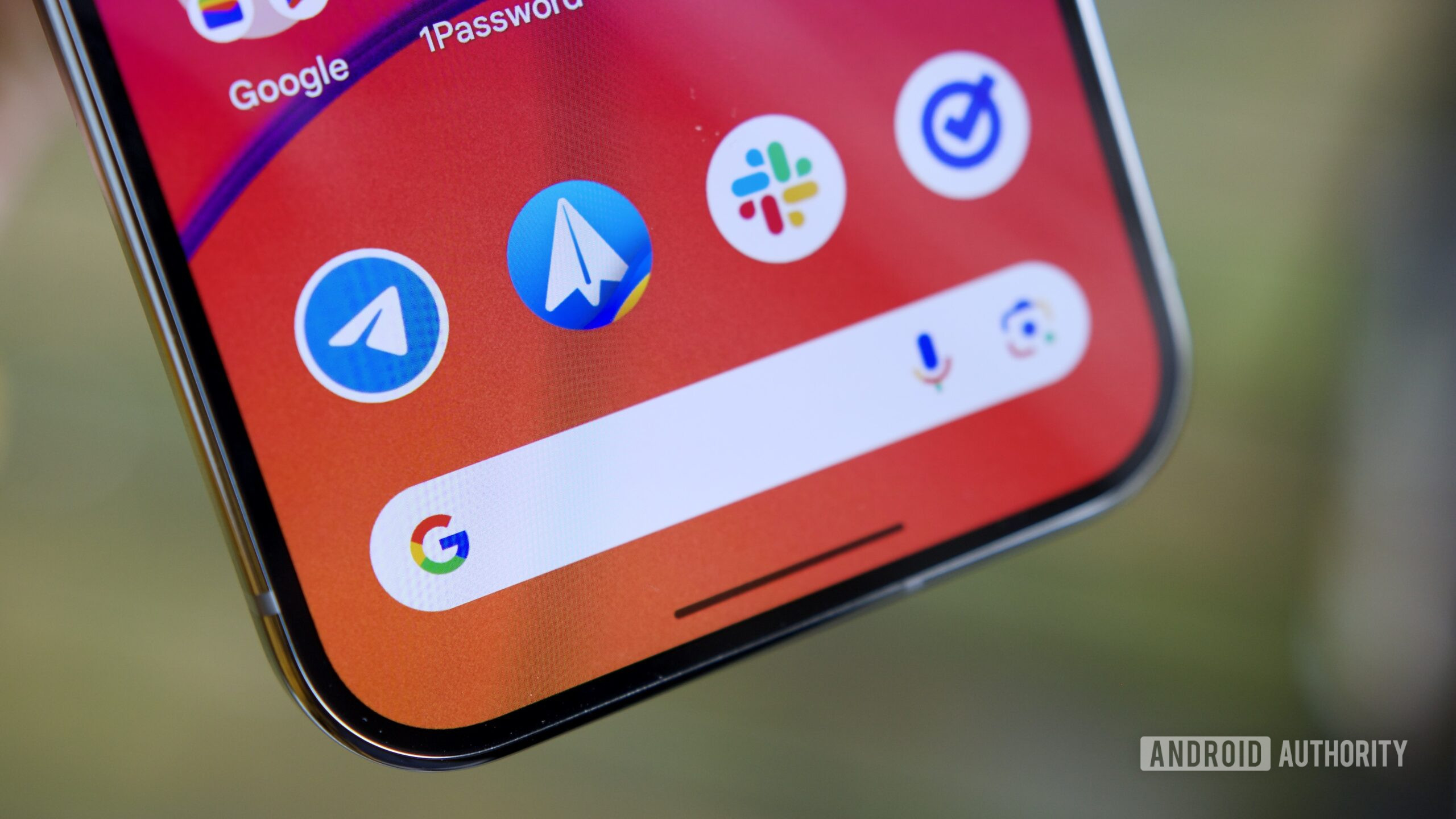
T-Mobile will give you a free phone with a trade-in, regardless of its condition or your plan
Andrew Grush24 hours ago
0
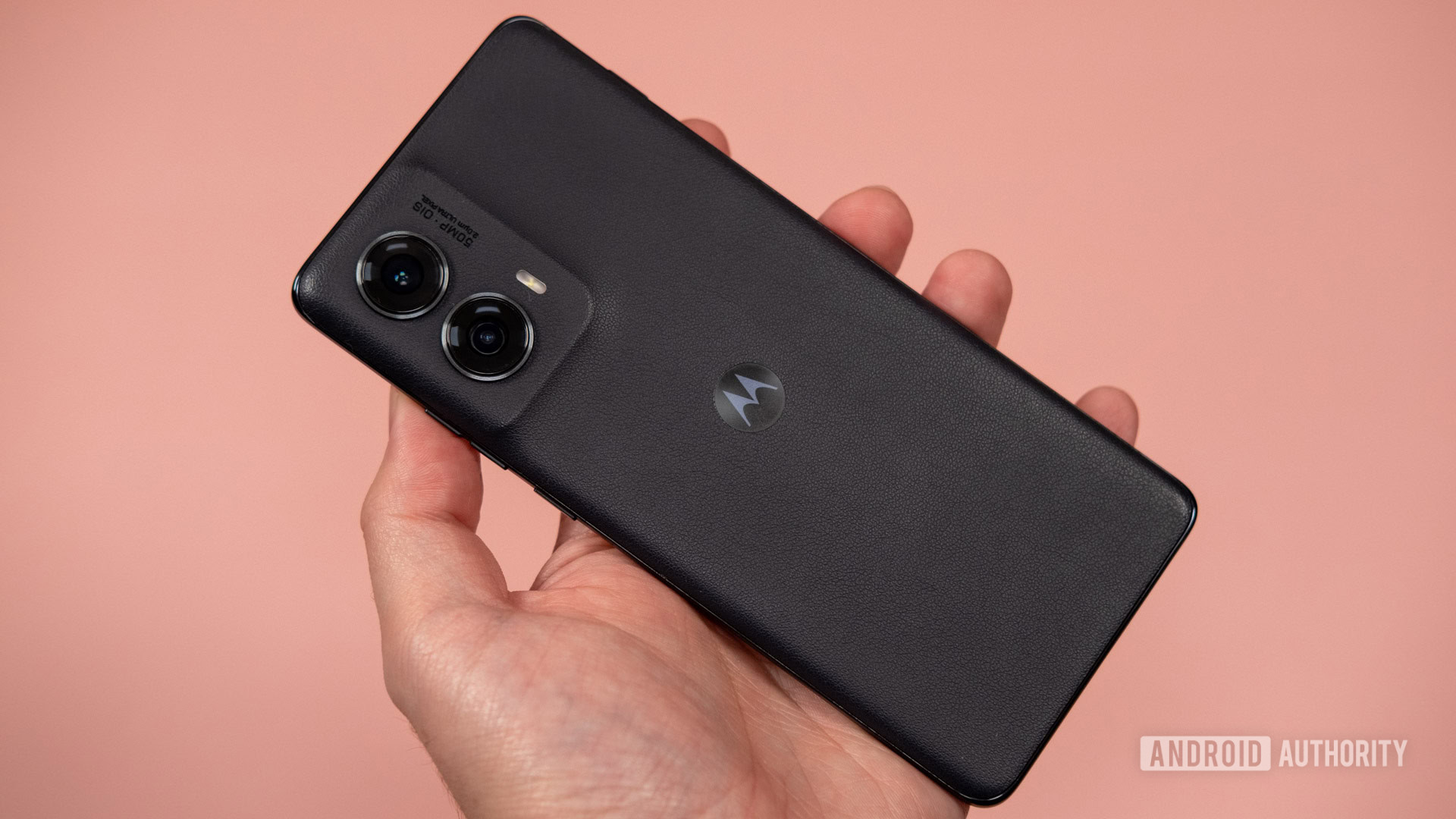
Galaxy S25 Edge leak reveals all the cases you'll need to keep the super-thin phone safe
Stephen SchenckMay 8, 2025
0
